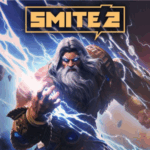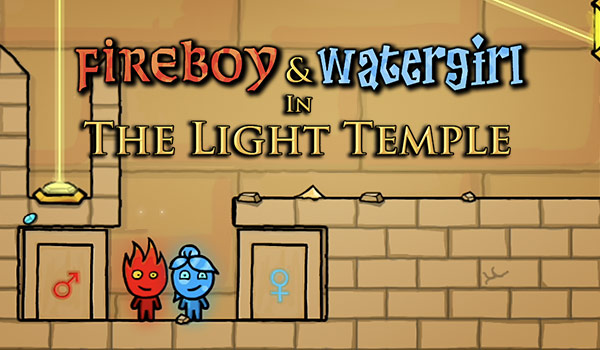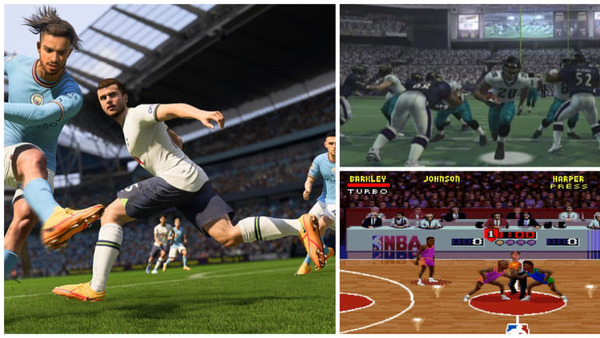A New Era in Tactical Gaming and Real-World Impacts
The launch of Valve’s latest tactical shooter has ignited excitement across the gaming community. This next-generation game builds on its legendary predecessor, introducing enhanced graphics, smarter gameplay mechanics, and innovations that extend beyond virtual arenas. Surprisingly, it even connects with industries far outside gaming—ranging from cybersecurity to digital asset protection.
The Evolution from Legacy Titles to the Latest Shooter
Before this latest release, millions of players had already been hooked on its predecessor for more than a decade. That game transformed into a global phenomenon, forming the backbone of modern esports with high-stakes tournaments and massive in-game economies.
The new title is not just an upgrade—it’s a complete reimagining. Running on a powerful engine, it offers breathtaking visuals, upgraded physics, and deeper mechanics. While it retains the core tactical elements fans love, every aspect from weapons to maps has been refined.
Gameplay Innovations That Reshape Competitive Play
The game introduces key changes that appeal to both newcomers and veterans. One standout is the smoke grenade system that dynamically responds to bullets and environmental factors, making each match unpredictable and tactical.
Matchmaking is also vastly improved. A transparent rating system now lets players see and track their skill progression, ensuring balanced matches and a more competitive experience.
Weapon Physics Matter More Than Ever
Thanks to the new engine, bullet accuracy, recoil, and movement feel more realistic than ever. This impacts strategies across all skill levels, emphasizing precision and teamwork.
Visual and Interface Enhancements
Graphical updates have brought a new level of immersion. Classic maps are now brighter and more detailed, featuring real-time reflections and dynamic lighting that improves both visual appeal and gameplay clarity.
The interface has also been redesigned for ease of use. From the heads-up display to animations, every visual element has been optimized to help players react faster and stay focused.
In-Game Economies and Digital Collectibles
Digital items like skins continue to play a massive role. Players can buy, sell, and trade weapon finishes—some valued in the thousands. Maintaining and upgrading this digital economy was crucial in the transition to the new title.
Interestingly, these digital items have crossed into real-world asset management. Players now treat rare collectibles like investments, prompting the need for protection against account theft or fraud.
Protecting Virtual Assets
Some players opt to insure their high-value items using third-party services. These platforms assess digital inventory and offer protection plans, mirroring how valuable real-world property is insured against loss or damage.
Cyber Threats and Digital Vulnerability
The popularity of the game also attracts unwanted attention. Phishing, hacking, and fraud are increasingly common. Losing access to an account with rare items can mean losing thousands in value.
To combat this, cybersecurity measures have become more robust, and asset protection services are growing. Gamers are learning to secure their digital lives as rigorously as their physical ones.
Common Digital Loss Scenarios
-
Hacked accounts with unauthorized trades
-
Phishing scams through fake giveaways
-
Loss of items due to system failures or game bugs
Competitive Scene and Professional Leagues
With its polished mechanics and high skill ceiling, the game is a staple in competitive gaming. Global leagues and tournaments now feature it as a main title, with millions in prize money at stake.
Corporate sponsors are getting involved too—not just tech brands, but banks and even firms that typically operate in finance and risk management. Why? Because of the huge, engaged, and tech-savvy audiences that tune in daily.
Player Health and Real-World Responsibilities
For those playing professionally, long hours come with health risks—such as eye strain, joint pain, and even psychological burnout. Organizations now offer wellness programs, including medical support and fitness training, to their esports athletes.
Insurance plans covering everything from physical therapy to mental health are being offered to team members, ensuring that pros can perform at their best with reduced risk.
The Business of Streaming and Digital Careers
Game streamers and influencers are another growing class of professionals who rely on this game for income. Their platforms, built on daily content and sponsorship deals, bring entertainment to millions.
With that success comes the need for legal and financial protection. Streamers now secure coverage for content loss, account bans, or even legal disputes resulting from online behavior or partnerships.
Digital Ownership and Legal Precedents
As virtual items increase in value, disputes over ownership and trades have become more common. Courts in various countries are now hearing cases involving stolen digital assets, fake transactions, and unauthorized trades.
Gamers are advised to keep detailed records of their digital purchases. In some cases, virtual items are being treated like real-world property in legal proceedings.
The Future: When Games Meet Real-World Systems
As the line between digital and physical continues to blur, expect more overlap with finance, law, and security. Blockchain might soon verify item ownership. AI could automate fraud detection. And gamers may manage their inventories like portfolios.
The gaming world is evolving fast—not just in how we play, but in how we protect what we earn, own, and build online.
Conclusion
This new title redefines what a shooter can be—beautiful, challenging, and integrated into our real lives. From influencing financial models to creating jobs and setting legal precedents, its impact stretches far beyond gaming. Whether you're playing for fun or competing at the highest level, it's clear that modern games are no longer just virtual—they're real investments in time, skill, and sometimes, actual money.



































